Deadlifts are a must have for anyone looking to get stronger and more muscular. When done correctly and added to your training properly deadlifts can help with muscle growth and prevent injuries and improve mobility. If you want to get stronger and more resilient deadlifts are a must add to your workout.
But since deadlifts hit multiple muscles in the posterior chain a common question arises: Are deadlifts a leg exercise or a back exercise? Is it just a matter of personal preference?
Deadlifts: Both a Leg and Back Exercise
The truth is deadlifts are both a leg and back exercise. The human body moves in patterns and patterns require the coordination of multiple muscles. The traditional deadlift combines two main movement patterns:
-
Squat Pattern (Knee Dominant Movement)
-
Hip Hinging Pattern (Hip Dominant Movement)
Since deadlifts hit multiple muscle groups they can be added to different types of training days depending on your program structure. Let’s get into this to help you figure out where to add deadlifts to your workout.
Muscles Worked
Deadlifts are a compound exercise meaning they involve multiple joints and muscle groups. This is why deadlifts are so effective for overall strength and muscle growth.
Note: This discussion is for the traditional barbell deadlift. Muscle activation can vary with different deadlift variations (trap bar deadlifts or sumo deadlifts) which we will get into later.
Leg Muscles Worked in Conventional Deadlift
In the conventional deadlift the main muscles worked in the legs and hips are:
-
Quadriceps: Knee extension.
-
Hamstrings: Hip extension.
-
Gluteus Maximus: Hip extension.
These muscles work together to lift the body up into an upright position to complete the deadlift.
Back Muscles Worked in Conventional Deadlift
The erector spinae group is responsible for maintaining proper torso alignment during the deadlift. These muscles prevent the torso from collapsing forward and the lower back from rounding. The erector spinae consists of:
-
Iliocostalis
-
Longissimus
-
Spinalis
A helpful way to remember these muscles is "I Love Spaghetti" with each initial corresponding to a part of the erector spinae.
While the erector spinae aren’t the movers in a deadlift they do play a big role in maintaining proper posture and preventing lower back strain.
Upper Back
Not the main focus but the trapezius muscles are also engaged in deadlifts. The upper fibers of the traps help to stabilize the shoulders and prevent the arms from being pulled down while holding the barbell. This sustained effort will often lead to soreness in the mid-upper back after heavy deadlifting which is why deadlifts are also a back exercise.
Deadlift Variations and Muscle Activation
Different deadlift variations change the muscle recruitment pattern slightly but the main muscle groups stay the same. Here’s a brief overview of three common variations:
Romanian Deadlifts (RDLs)
RDLs emphasize hip movement with minimal knee flexion and focus more on:
-
Hamstrings
-
Gluteus Maximus
-
Erector Spinae
RDLs are good for leg days but can also be added to back days to hit the erector spinae. If you’re looking to target the lower back specifically barbell good mornings might be a better option.
Trap Bar (Hex Bar) Deadlifts
Trap bar deadlifts have the weight in line with the lifter, which increases quadriceps activation and allows for a more upright torso. This variation reduces the strain on the erector spinae so trap bar deadlifts are better for leg days.
Sumo Deadlifts
Sumo deadlifts have a wider stance, emphasize the hips and adductors (inner thighs) and maintain an upright torso. This reduces the load on the lower back so sumo deadlifts are primarily a leg exercise.
Programming Deadlifts: Back Day or Leg Day?
There’s no hard and fast rule as to whether deadlifts should be on back day or leg day. It depends on several factors such as your training split, the type of deadlift, your overall volume and your goals. Here are some things to consider:
Training Split Types
1. Muscle-Based Splits:
-
If your program is muscle group based (e.g. separate days for legs and back) then it’s usually best to put deadlifts on leg day since there’s more lower body involvement.
2. Movement Pattern-Based Splits:
-
For programs based on movement patterns (push vs. pull) deadlifts should be on pull days since they’re a pulling movement.
Other Programming Factors
-
Type of Deadlift: Conventional and sumo deadlifts might be better for leg days, trap bar deadlifts are more versatile.
-
Volume and Intensity: High volume or high intensity deadlifting may require strategic placement to allow for recovery.
-
Training Goals: Whether you want to increase strength, improve mobility or refine technique will also influence when you do deadlifts in your routine.
General Deadlifting Tips
Regardless of where you put deadlifts in your program remember:
-
Prioritize Deadlifts First: Do deadlifts at the beginning of your workout when you have the most energy to maintain proper form and get the most out of them.
-
Warm Up Properly: Make sure your legs and back are warmed up before you do heavy deadlifts. Do light warm up sets with just the barbell to get your muscles and joints ready.
-
Control: Always do deadlifts with control. If your form starts to break down reduce the weight or take a break to prevent injury.
Conclusion
Deadlifting can add a lot to your strength training. Whether you put deadlifts on leg day or back day is up to your training split and goals. Now you know the muscle groups involved and the overall program structure to make deadlifts work for you.

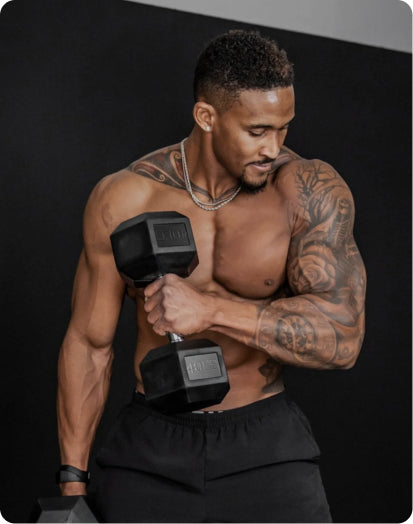
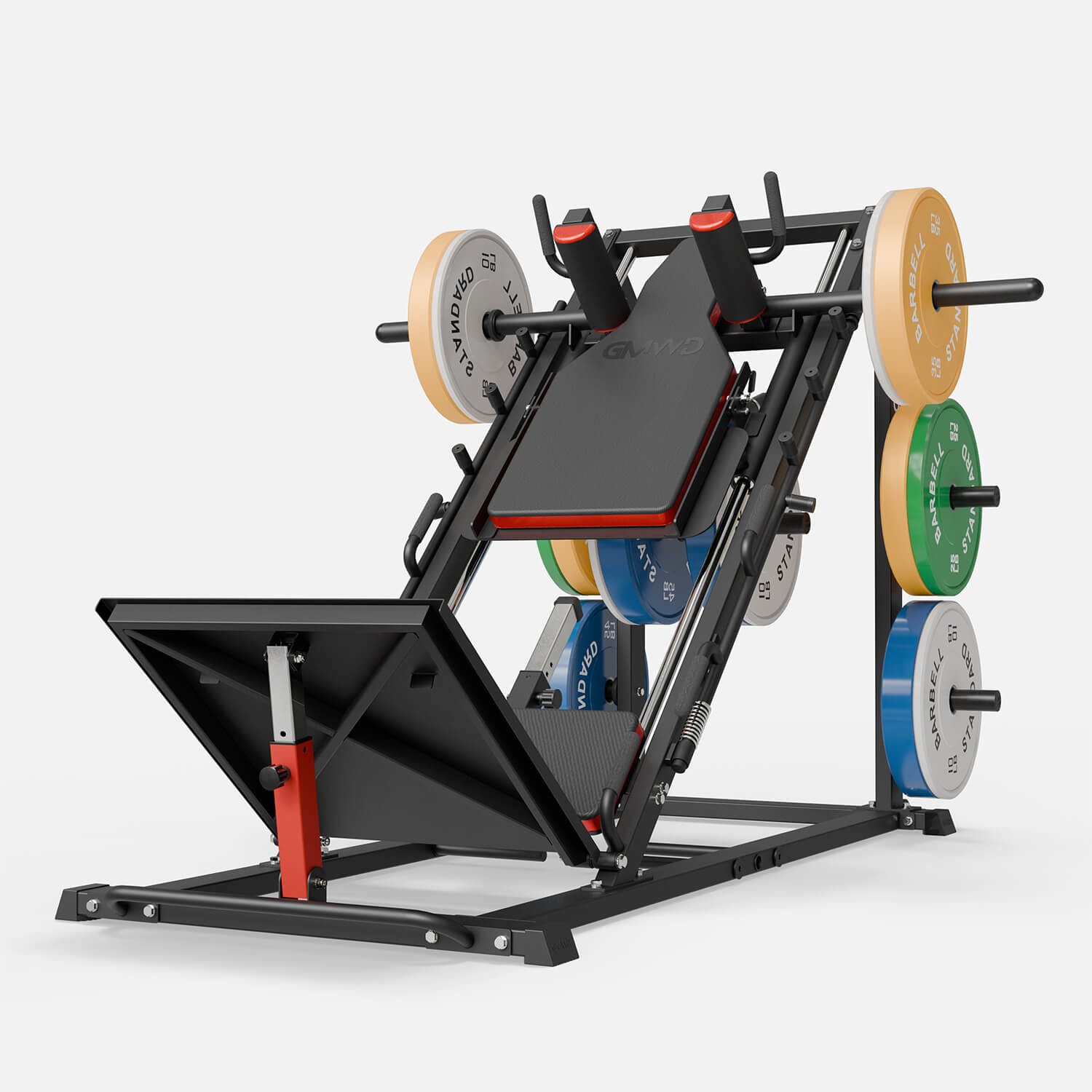
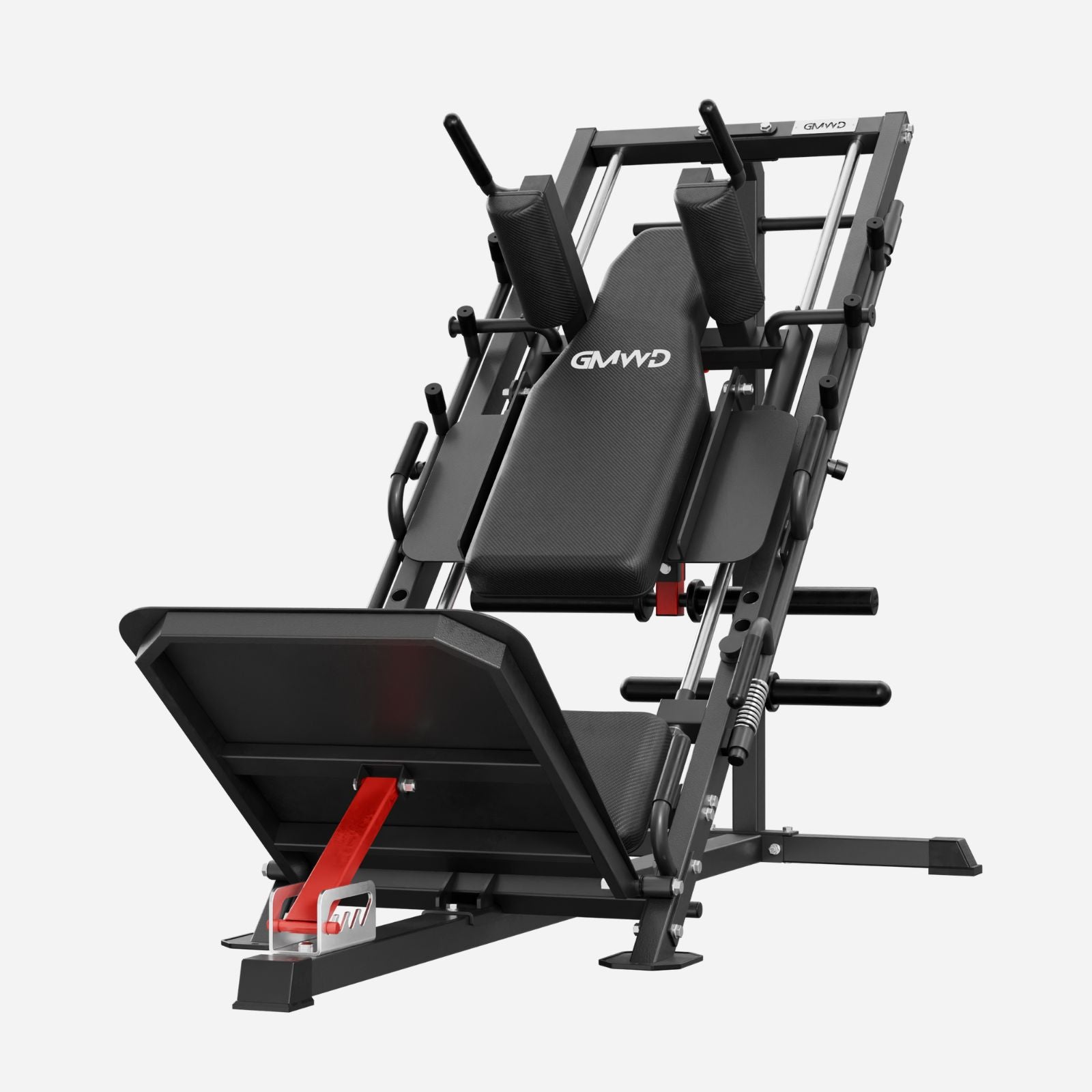

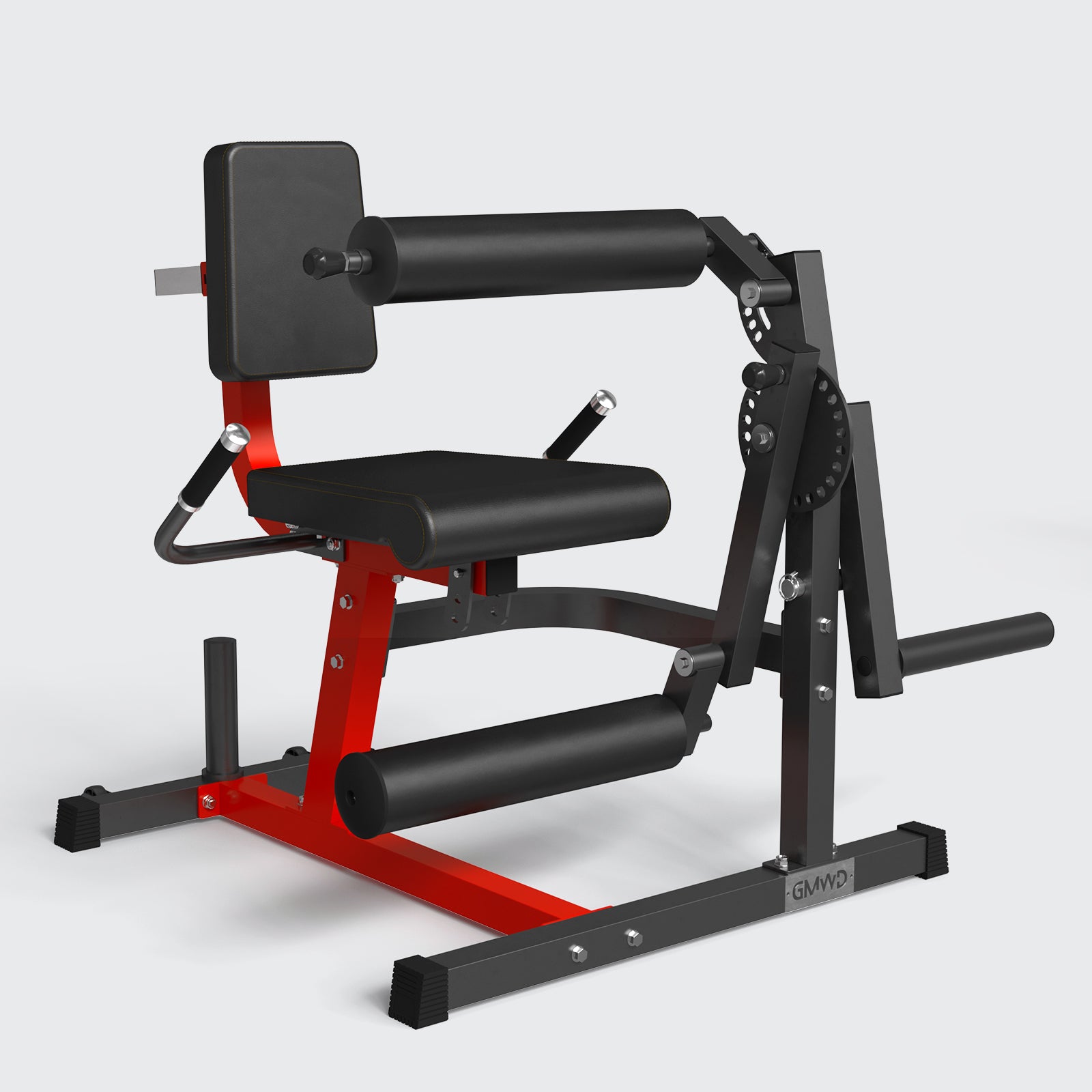
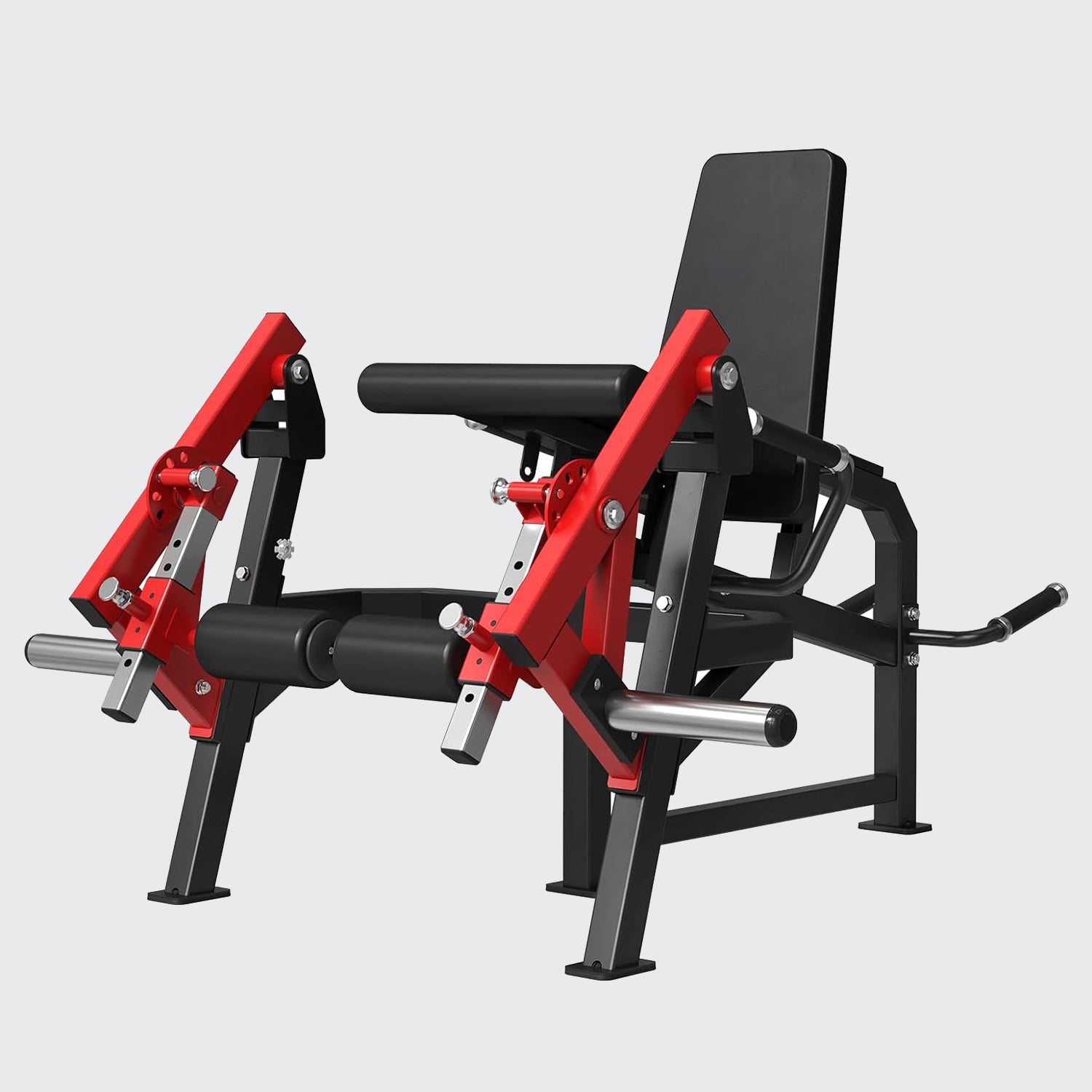
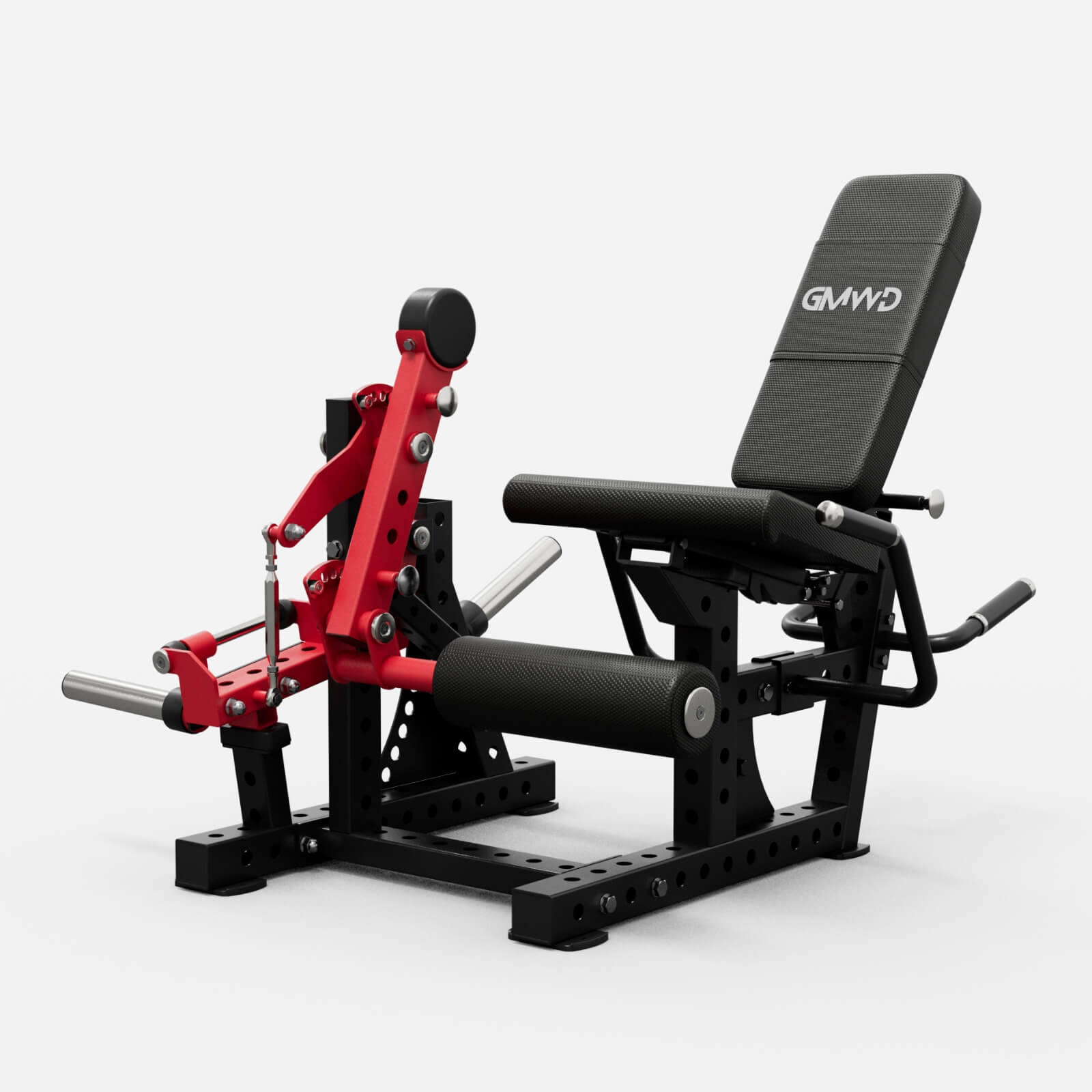
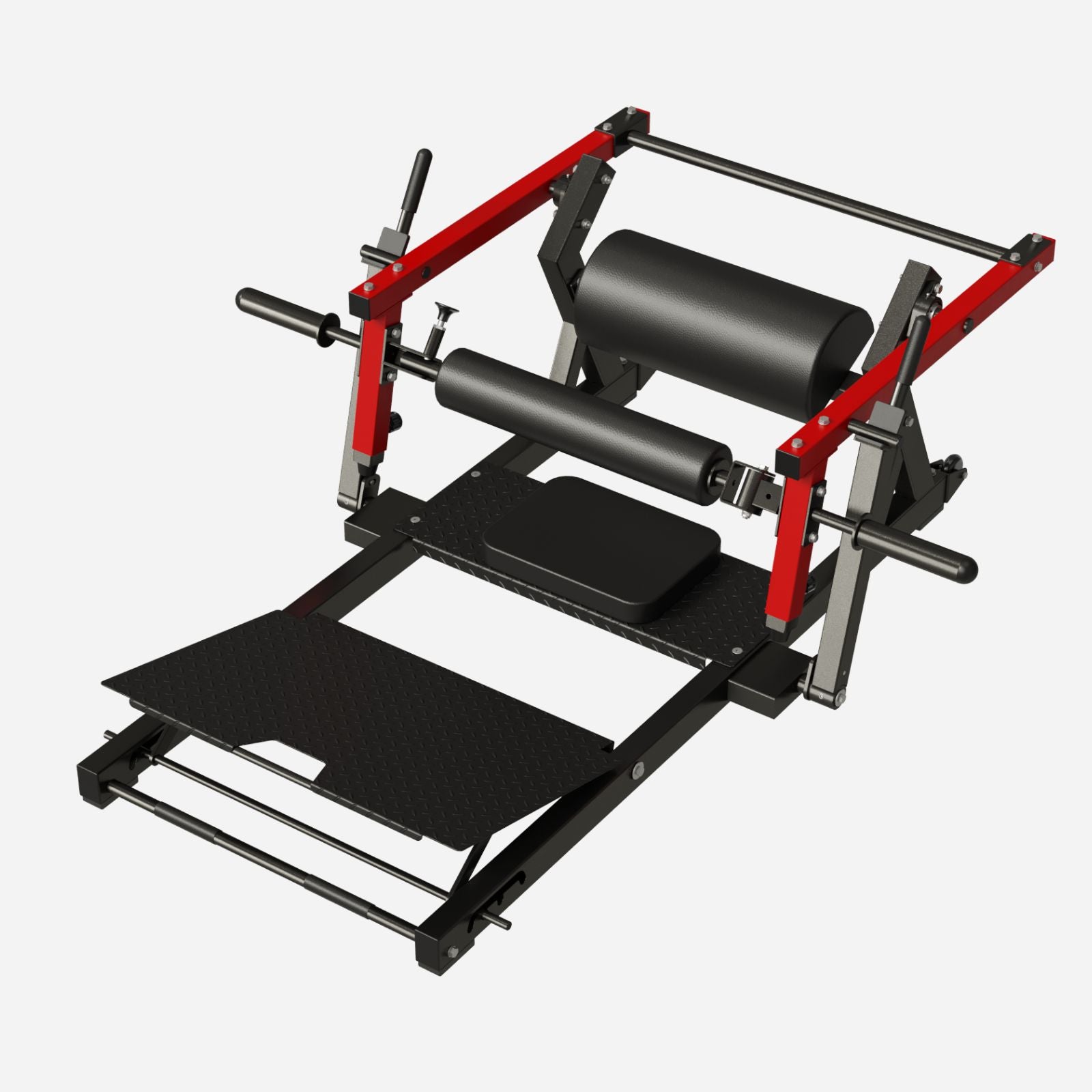

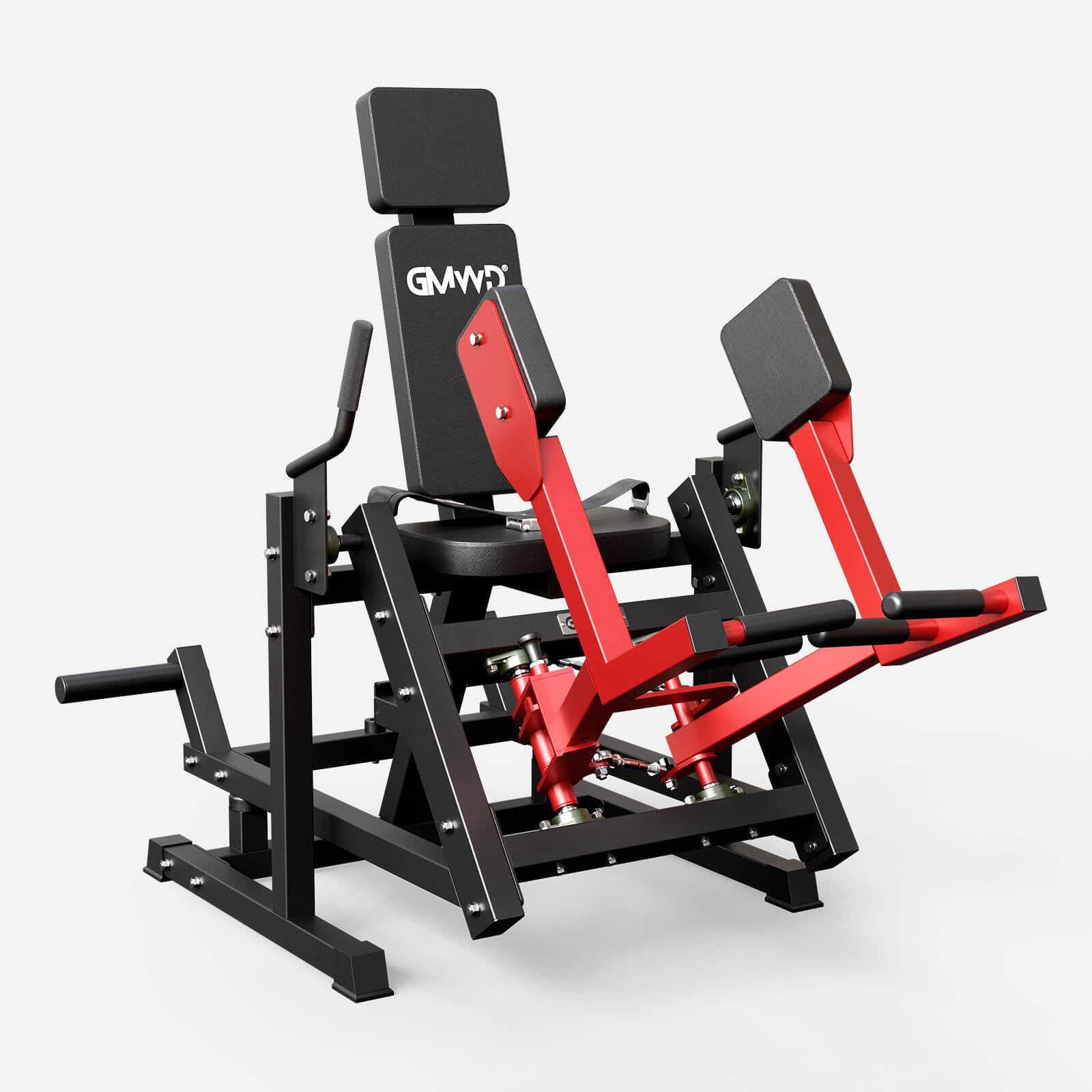
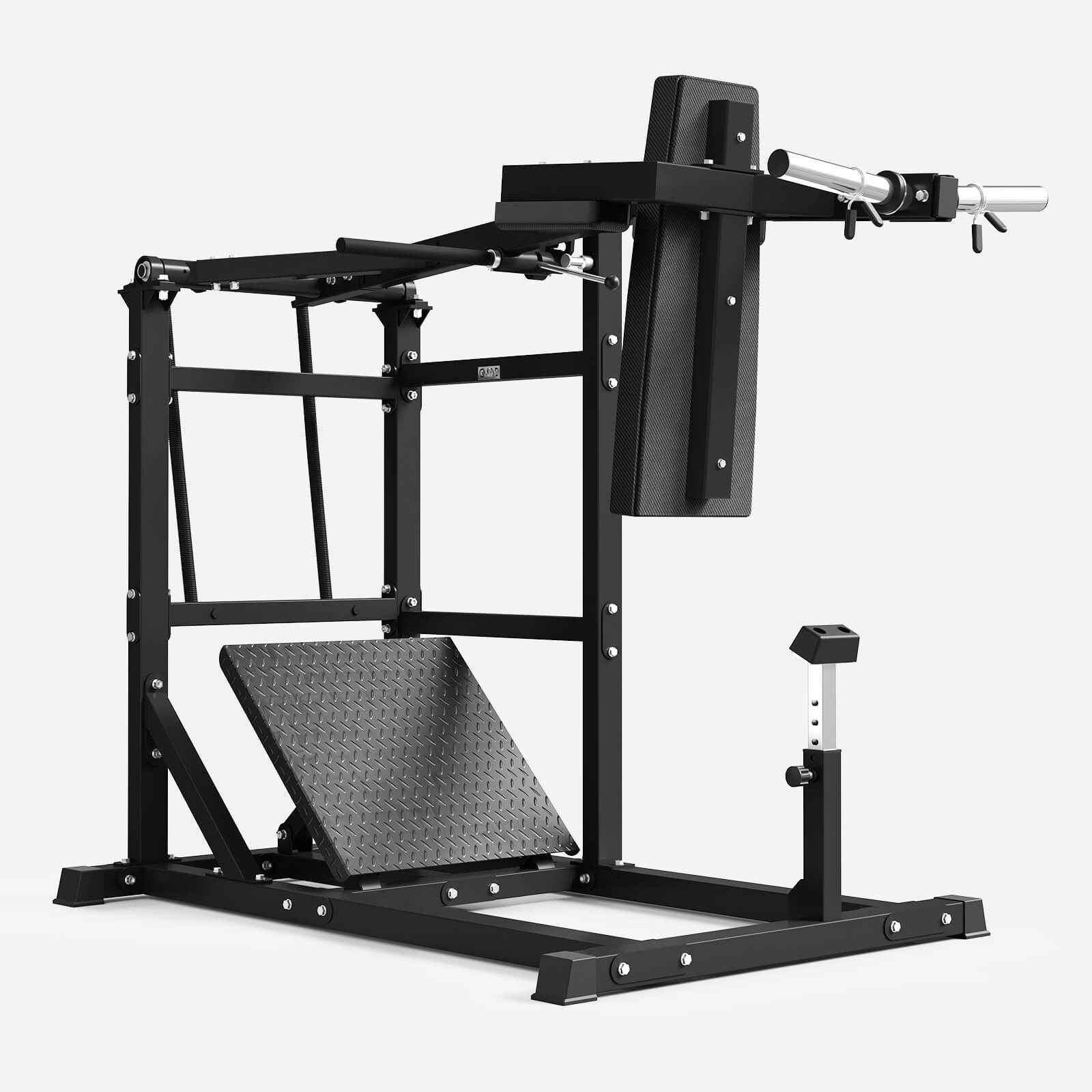
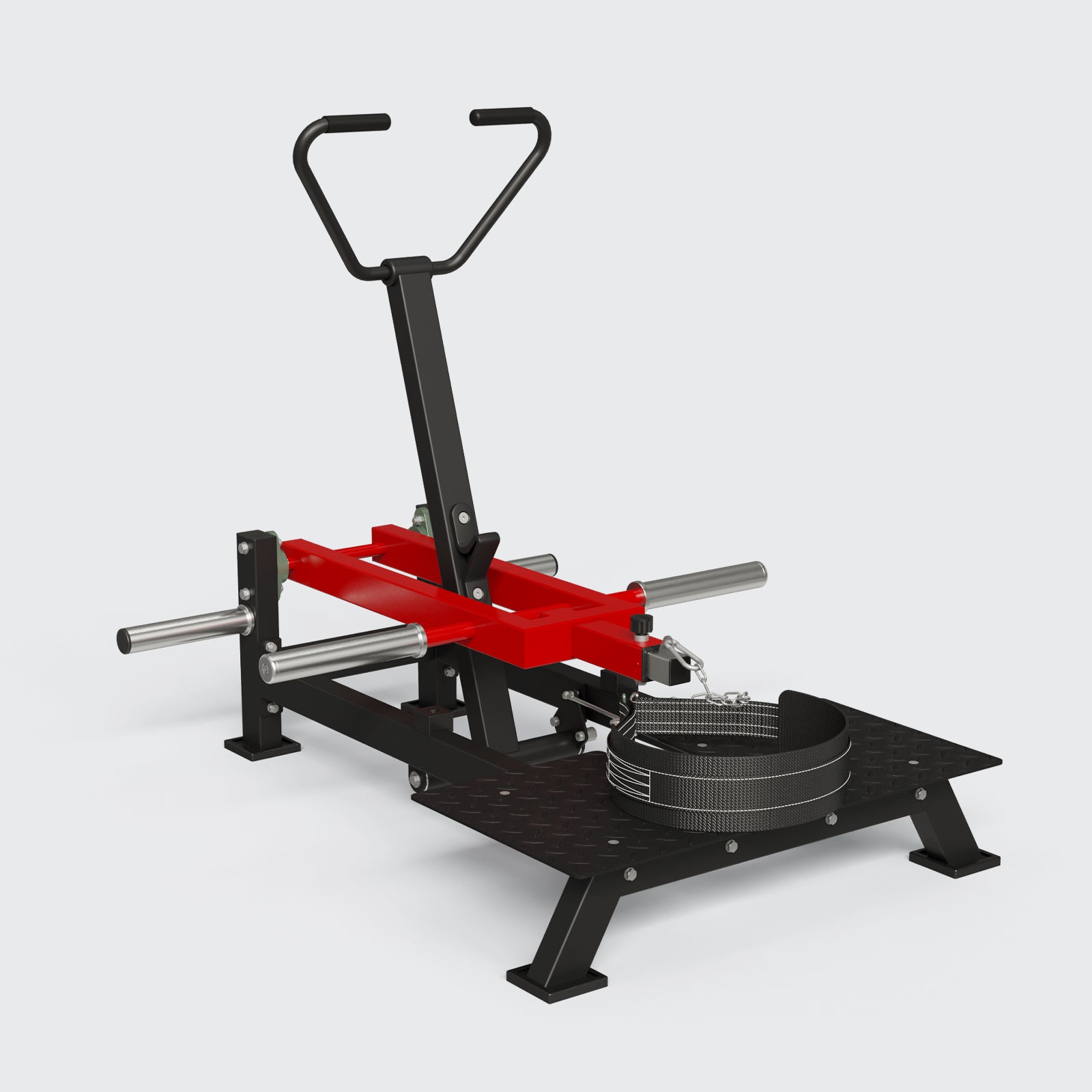
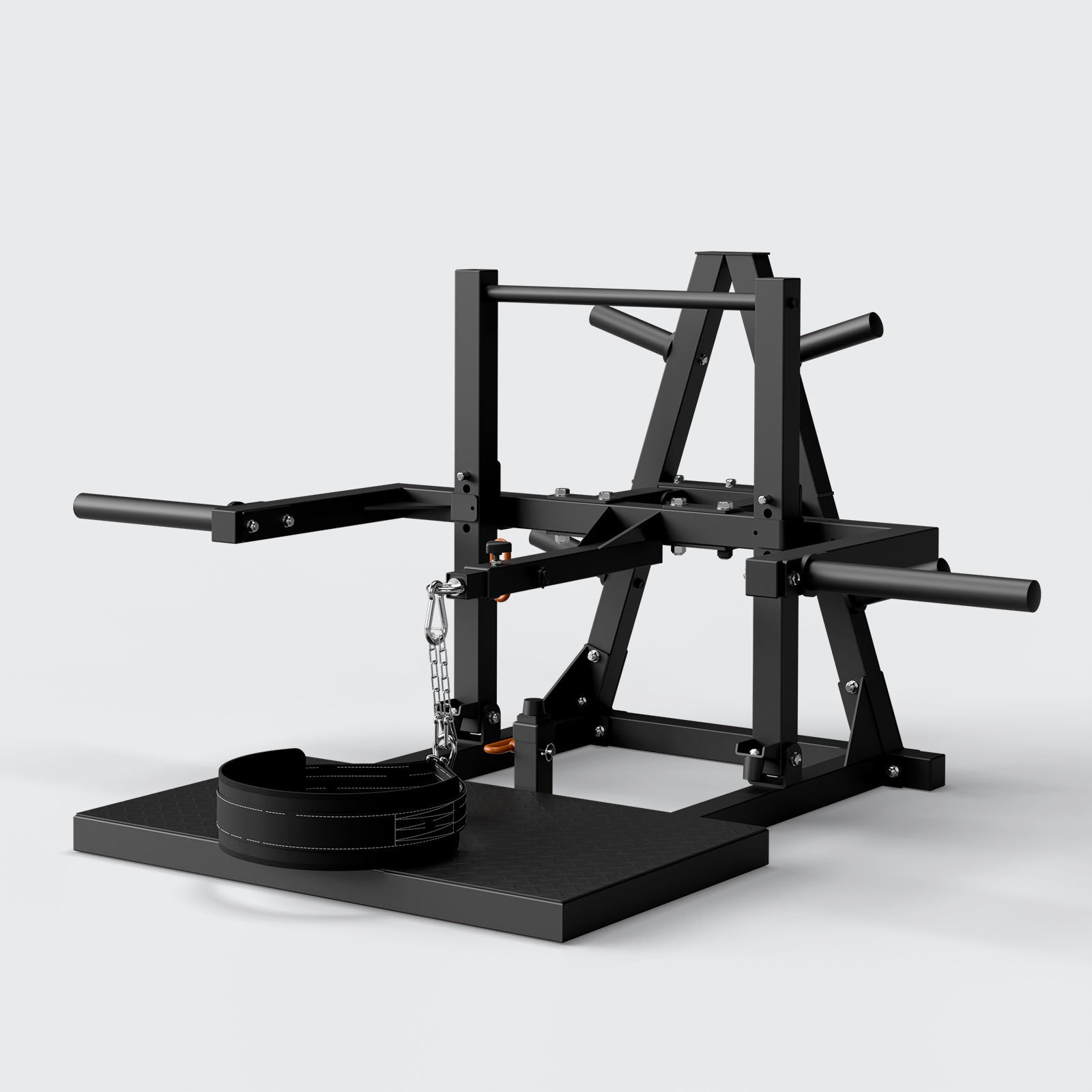

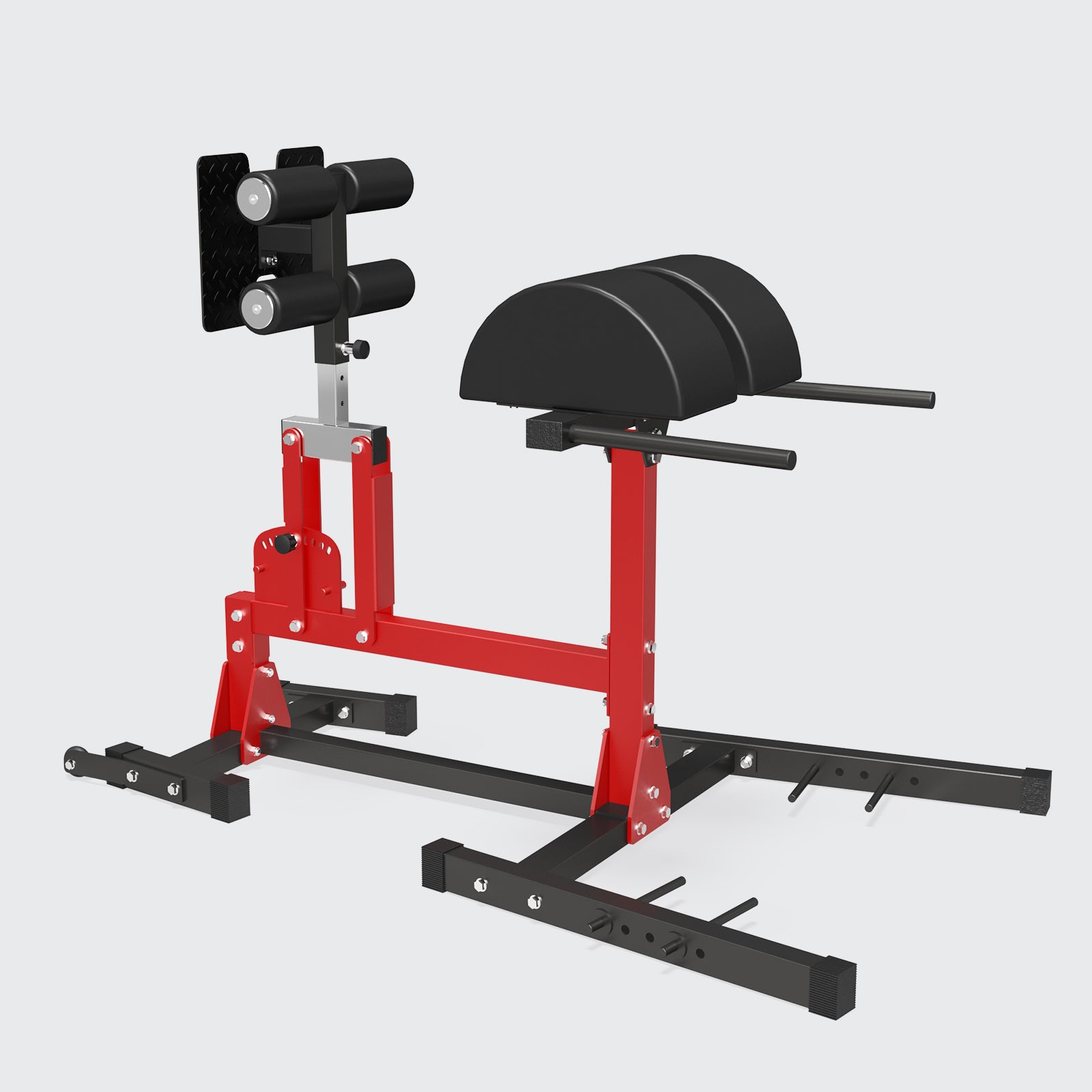
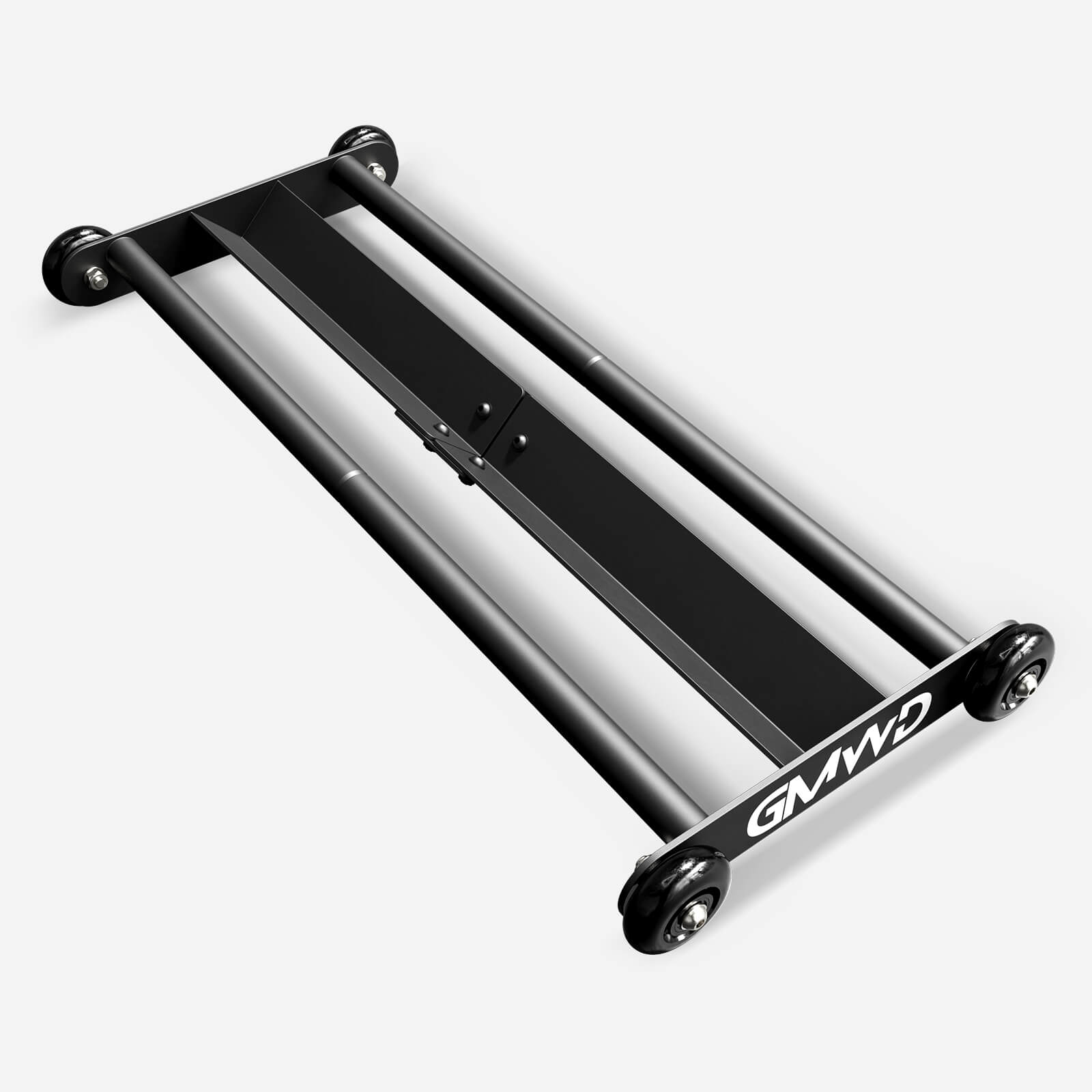
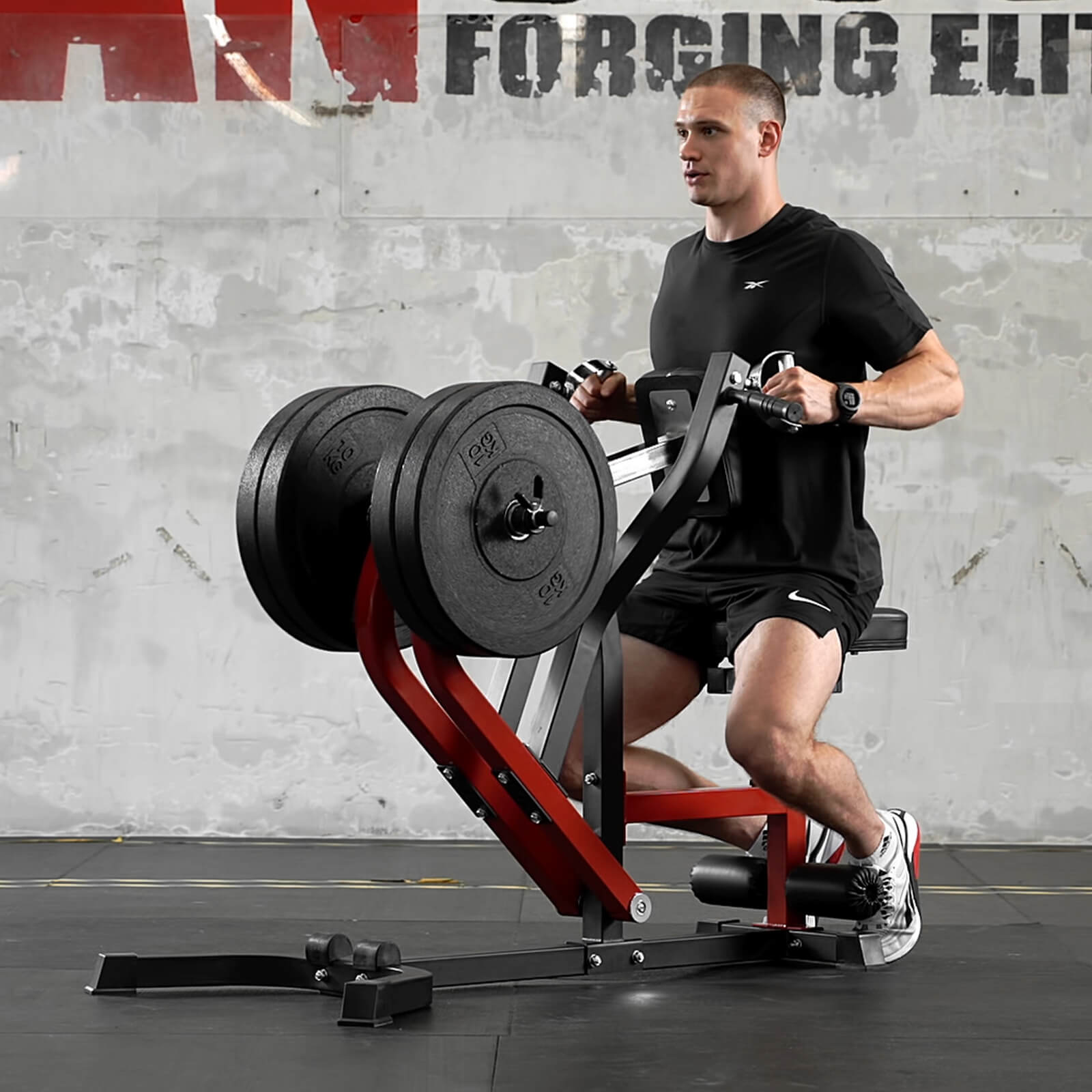
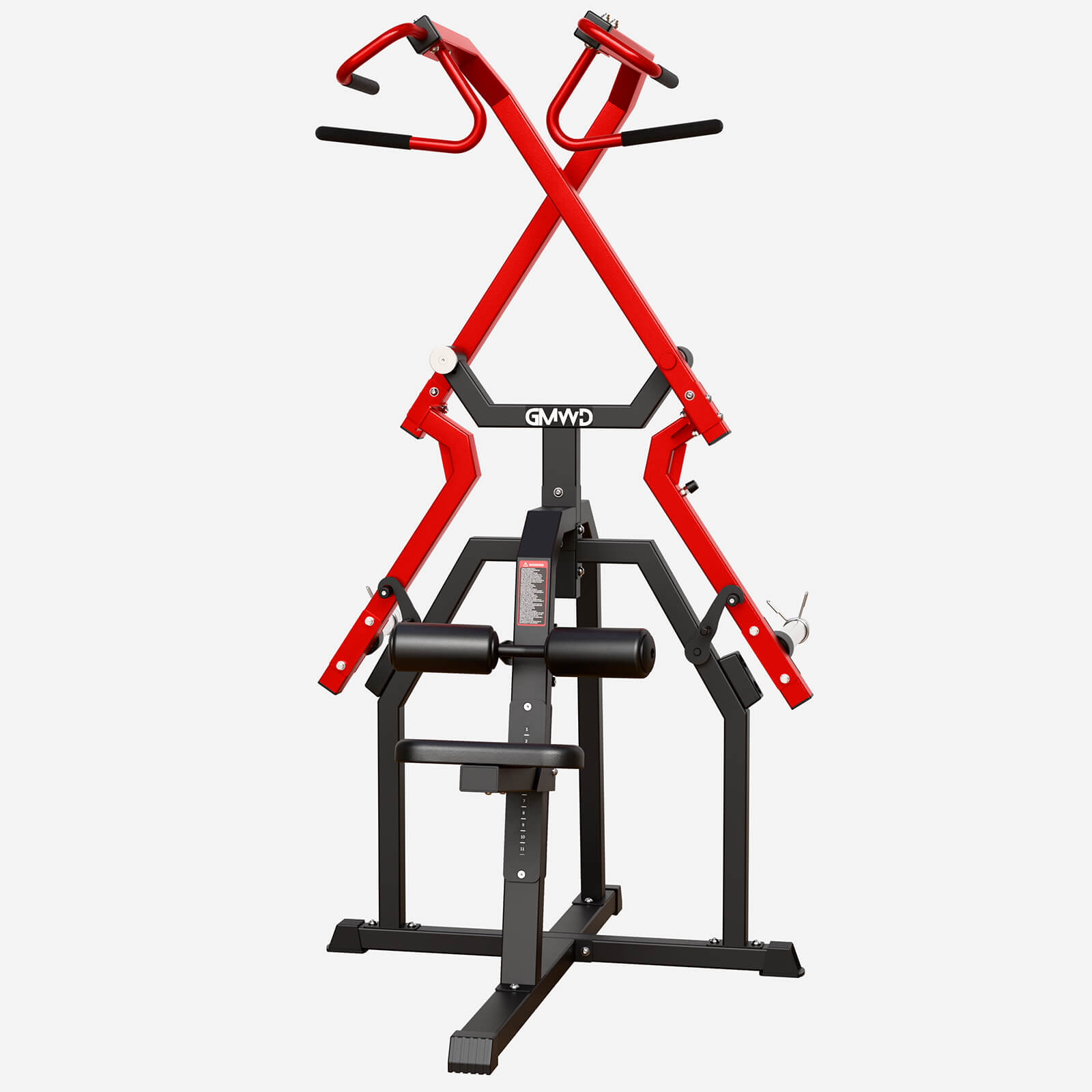
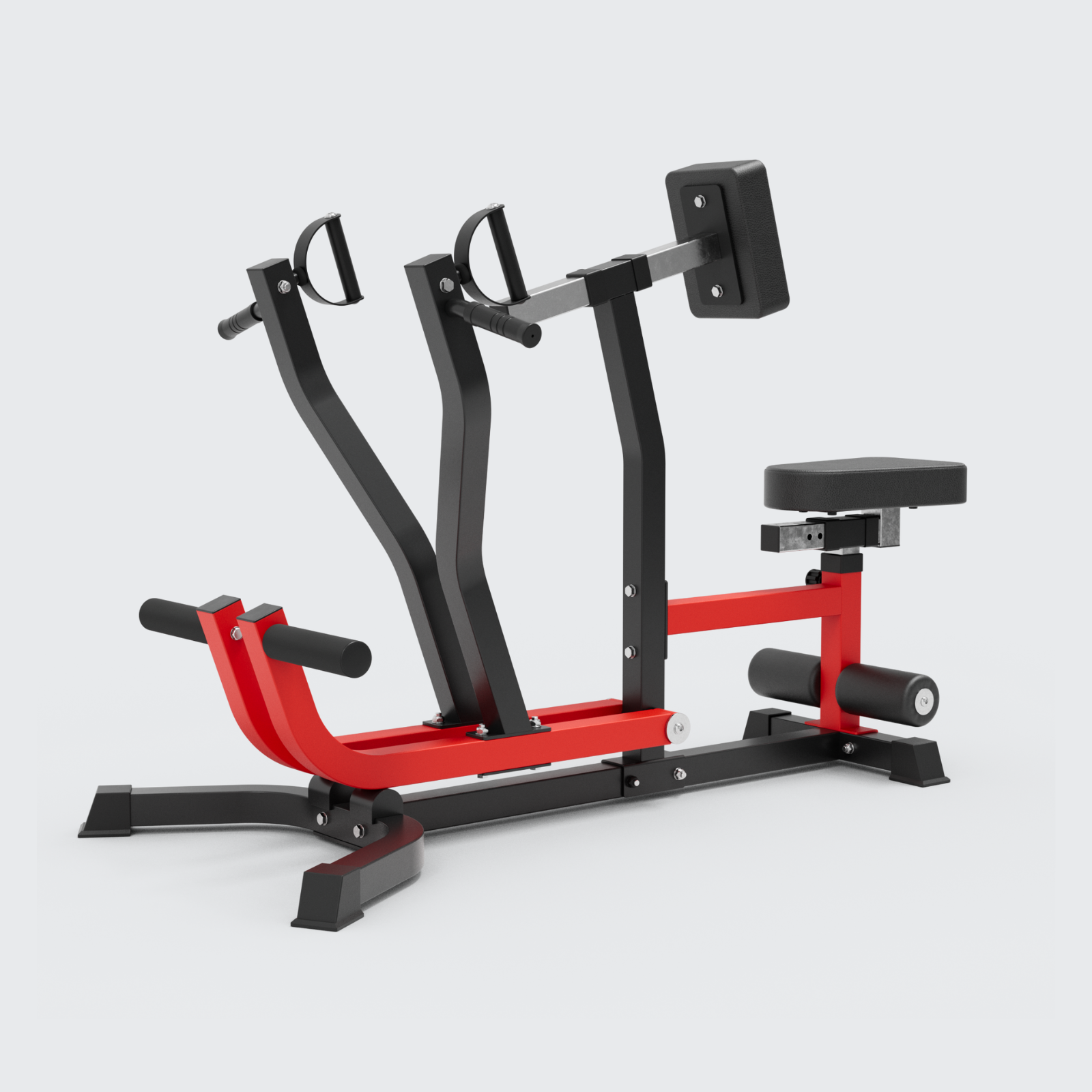
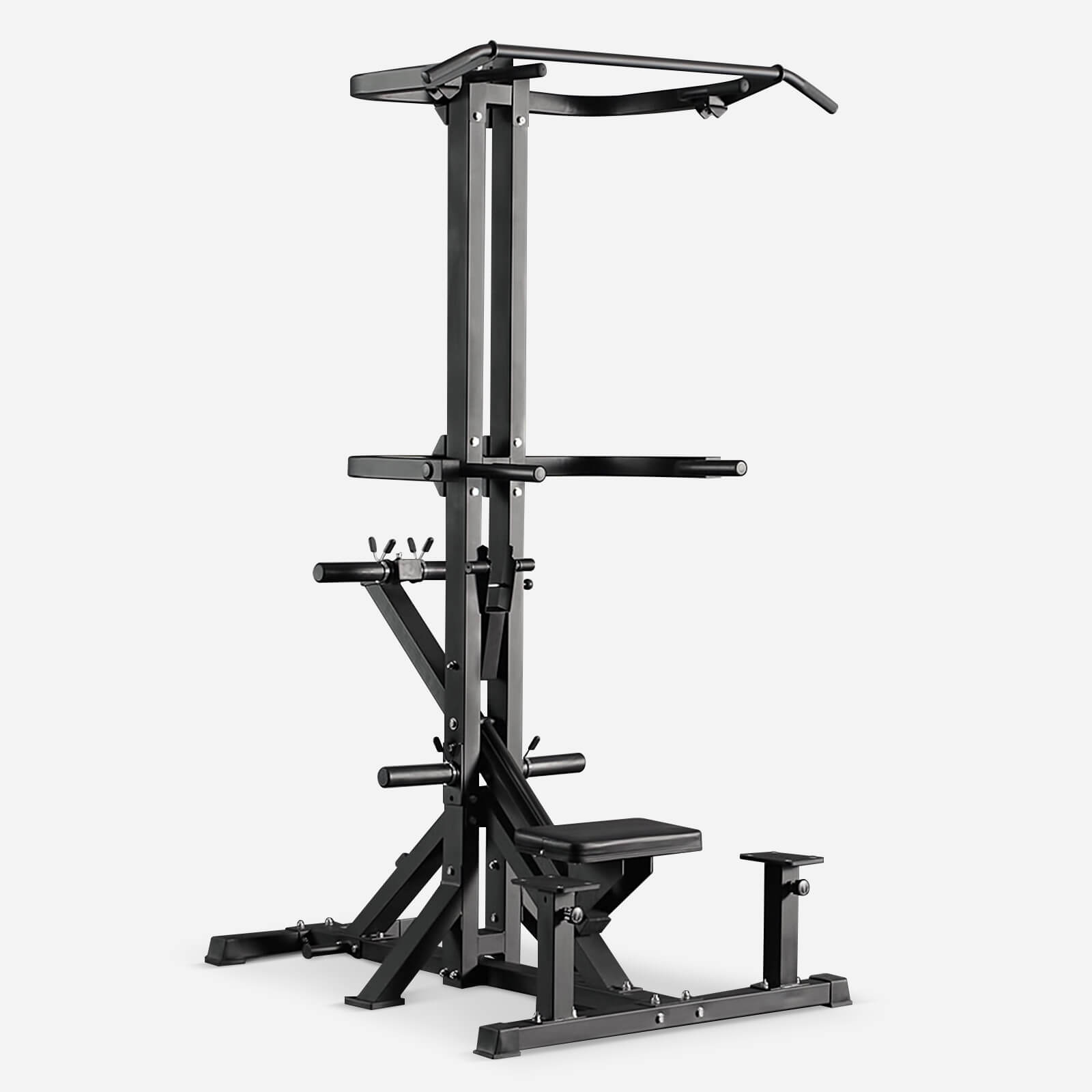

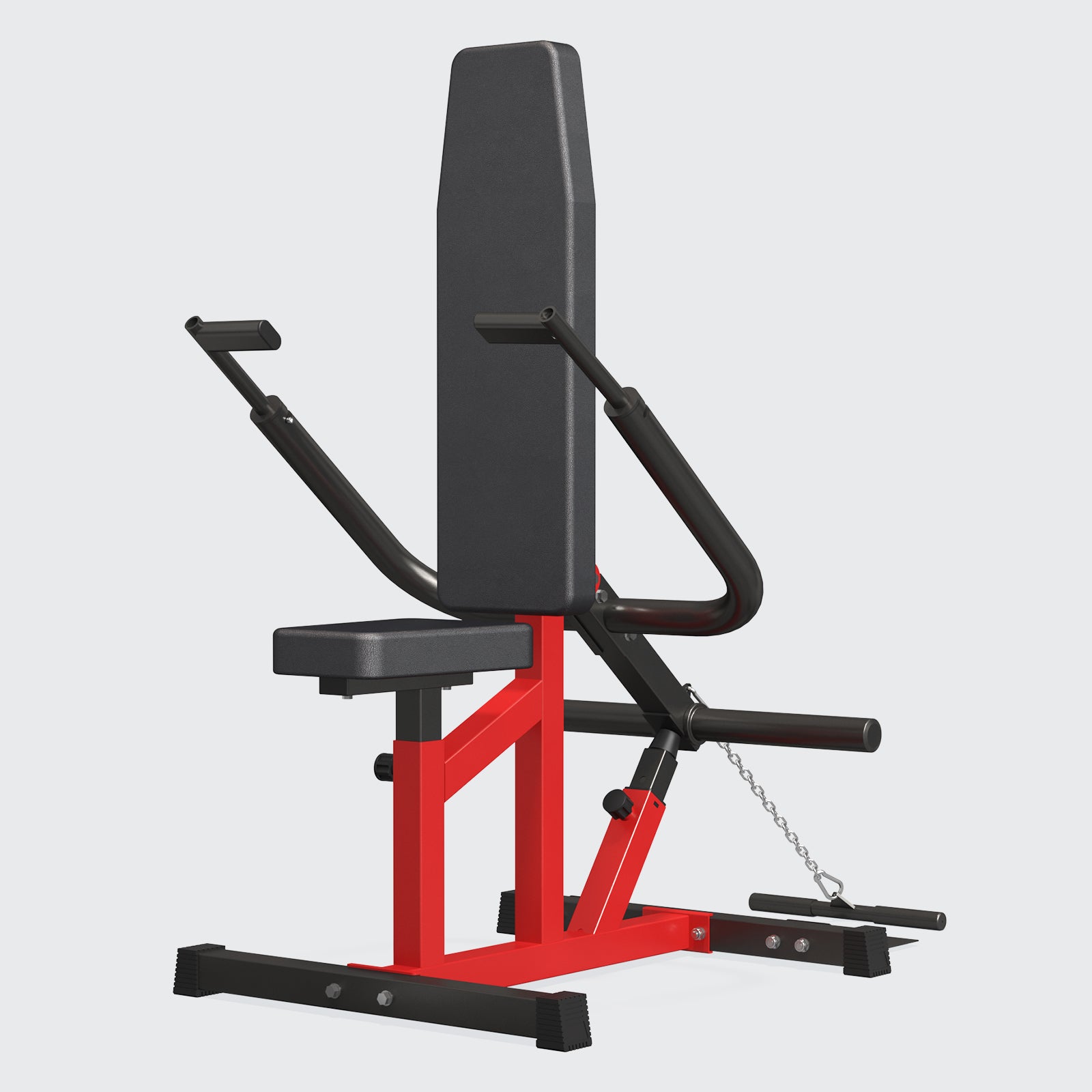
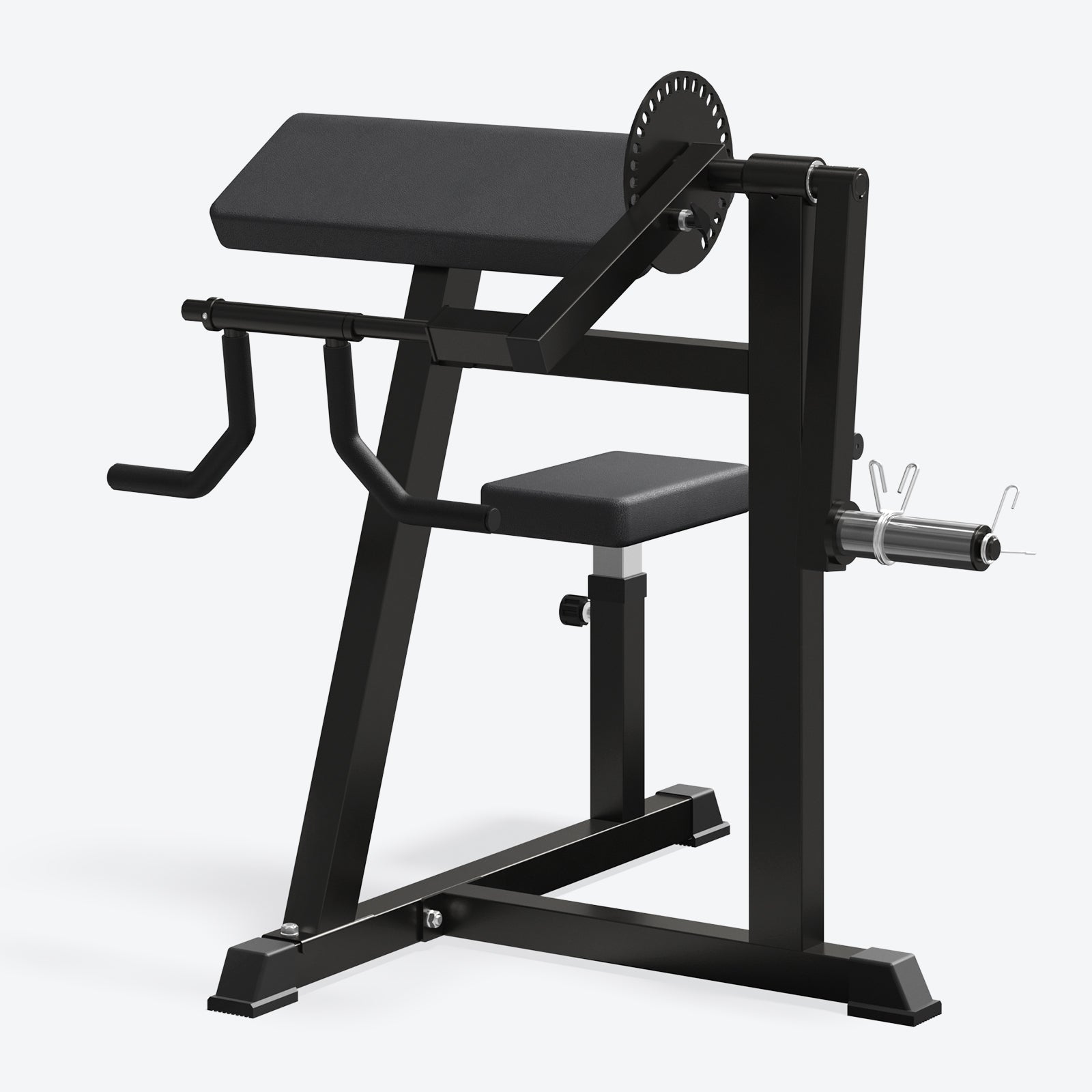
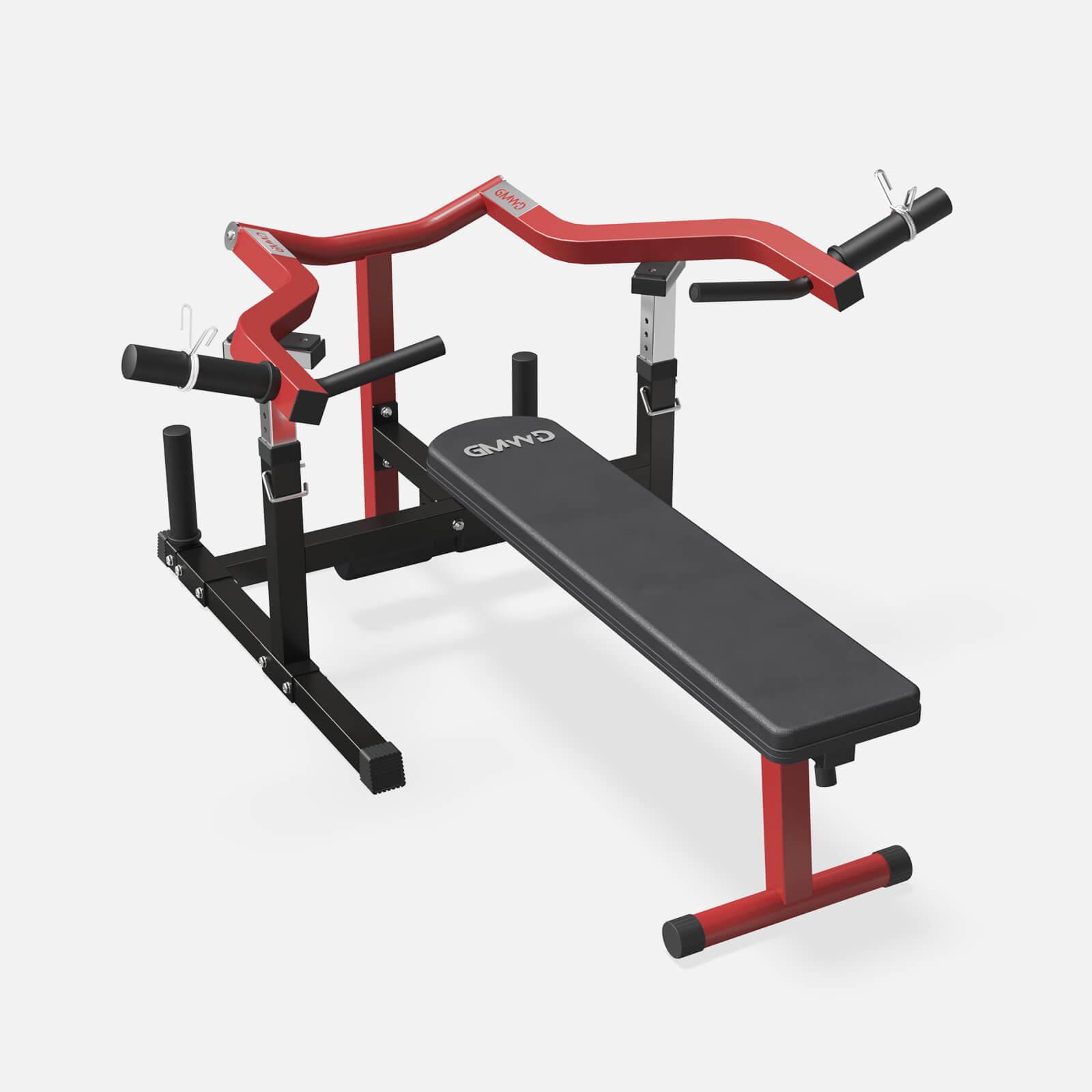
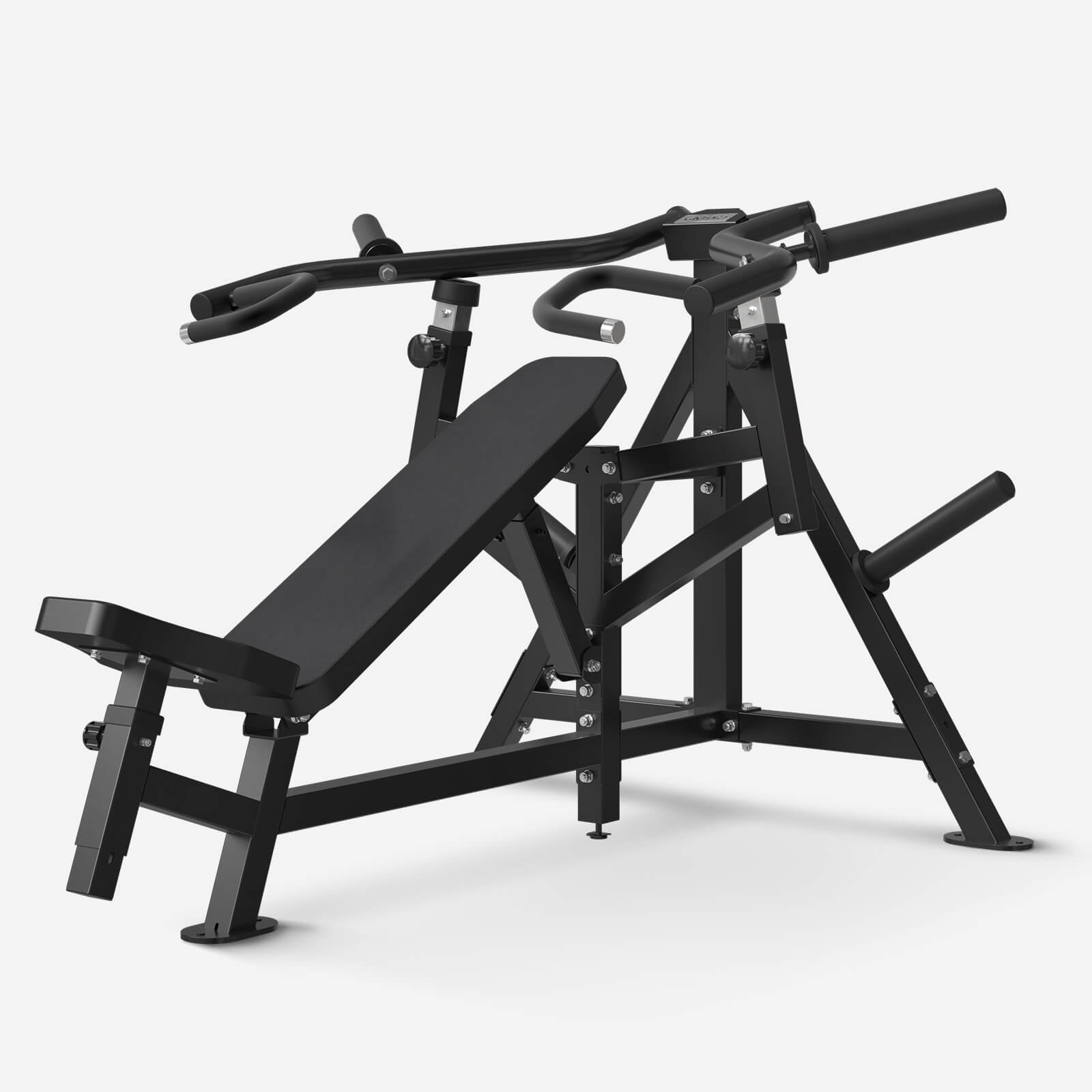
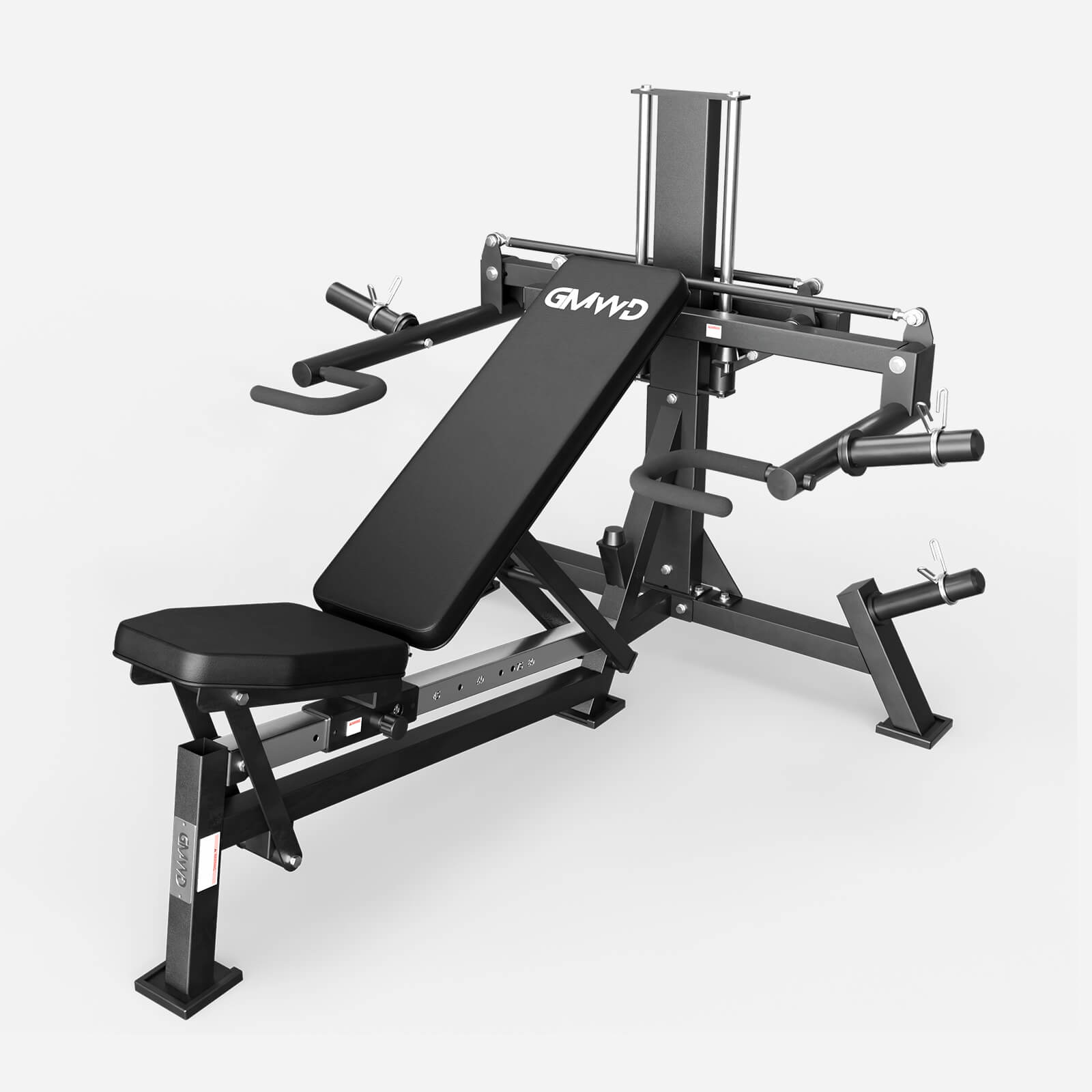
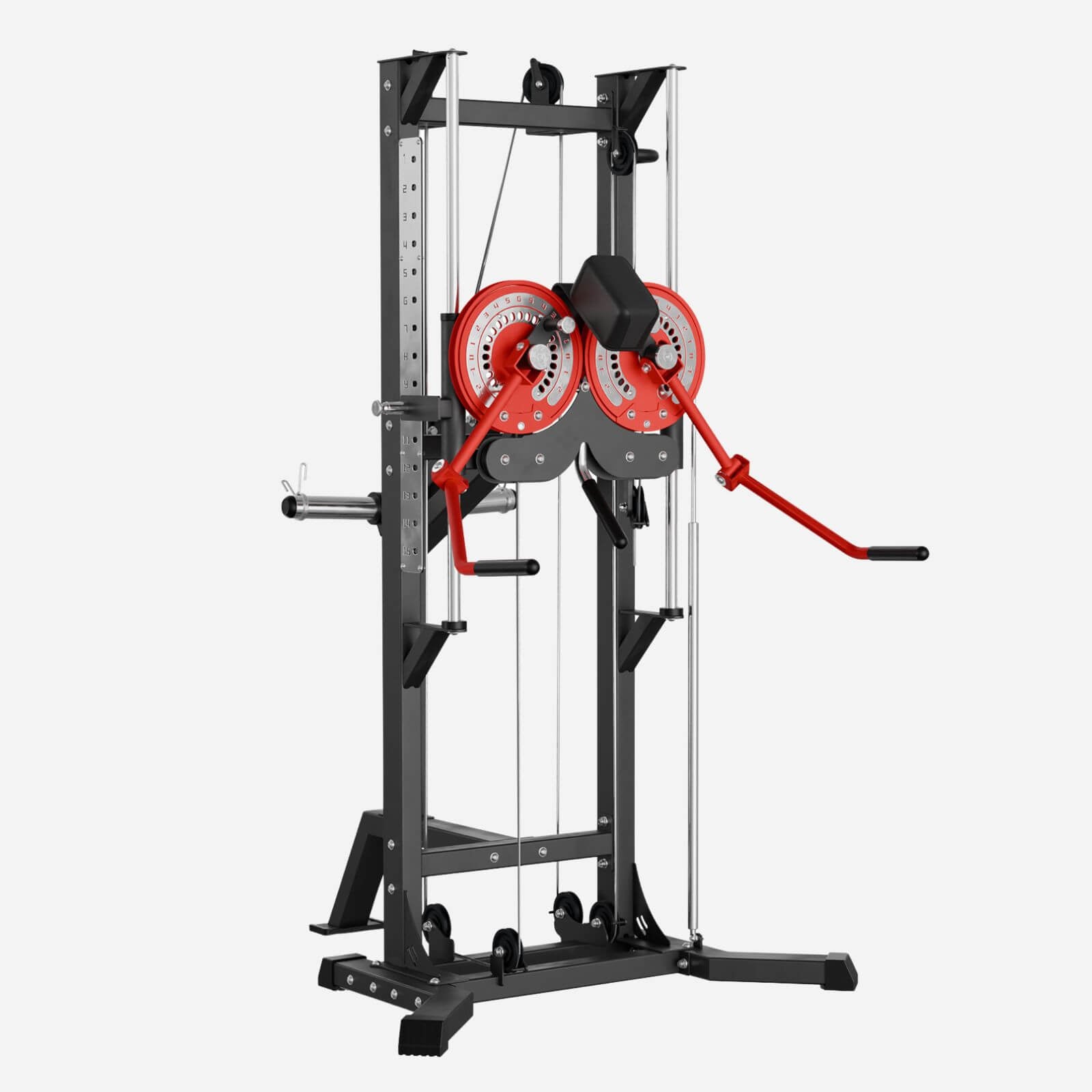
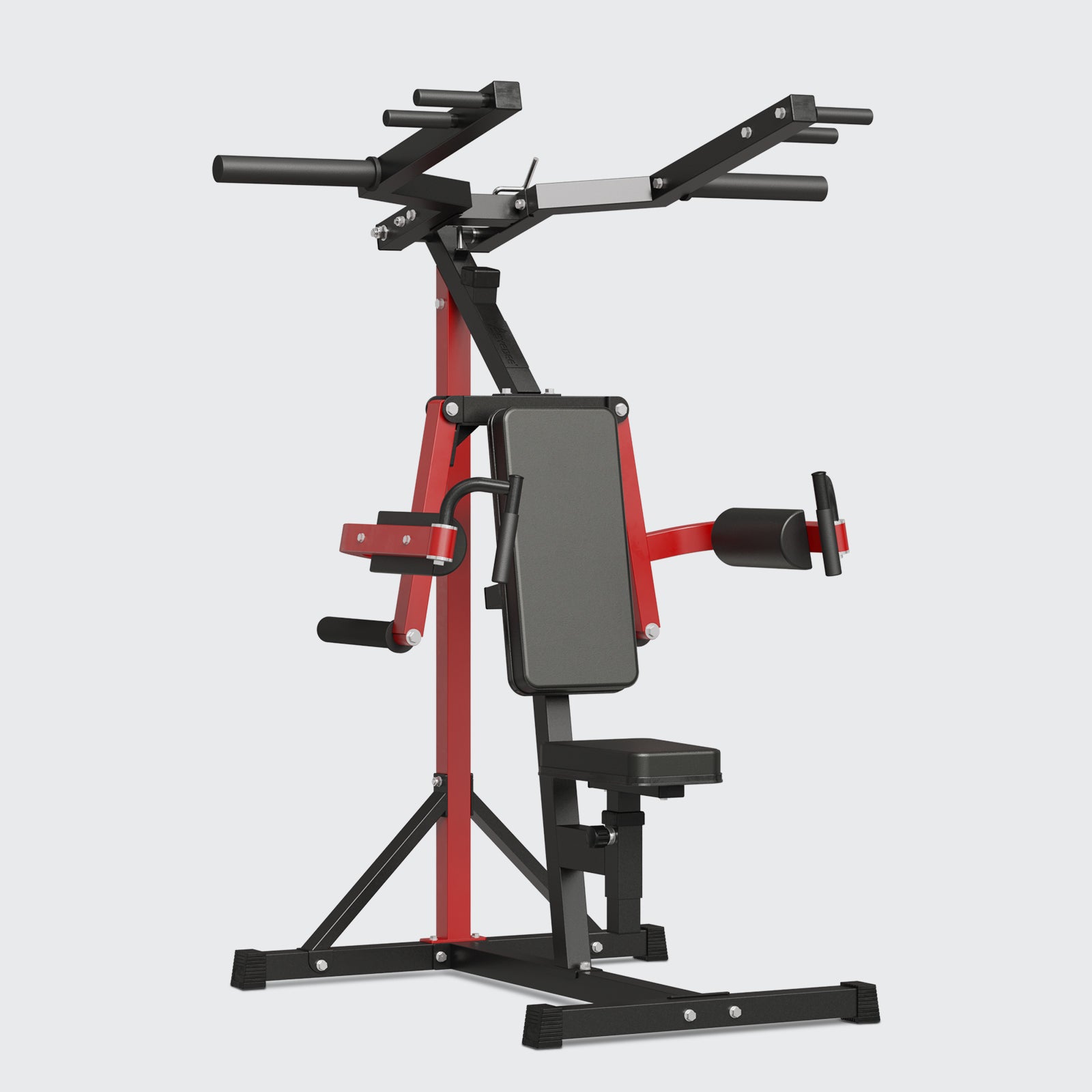
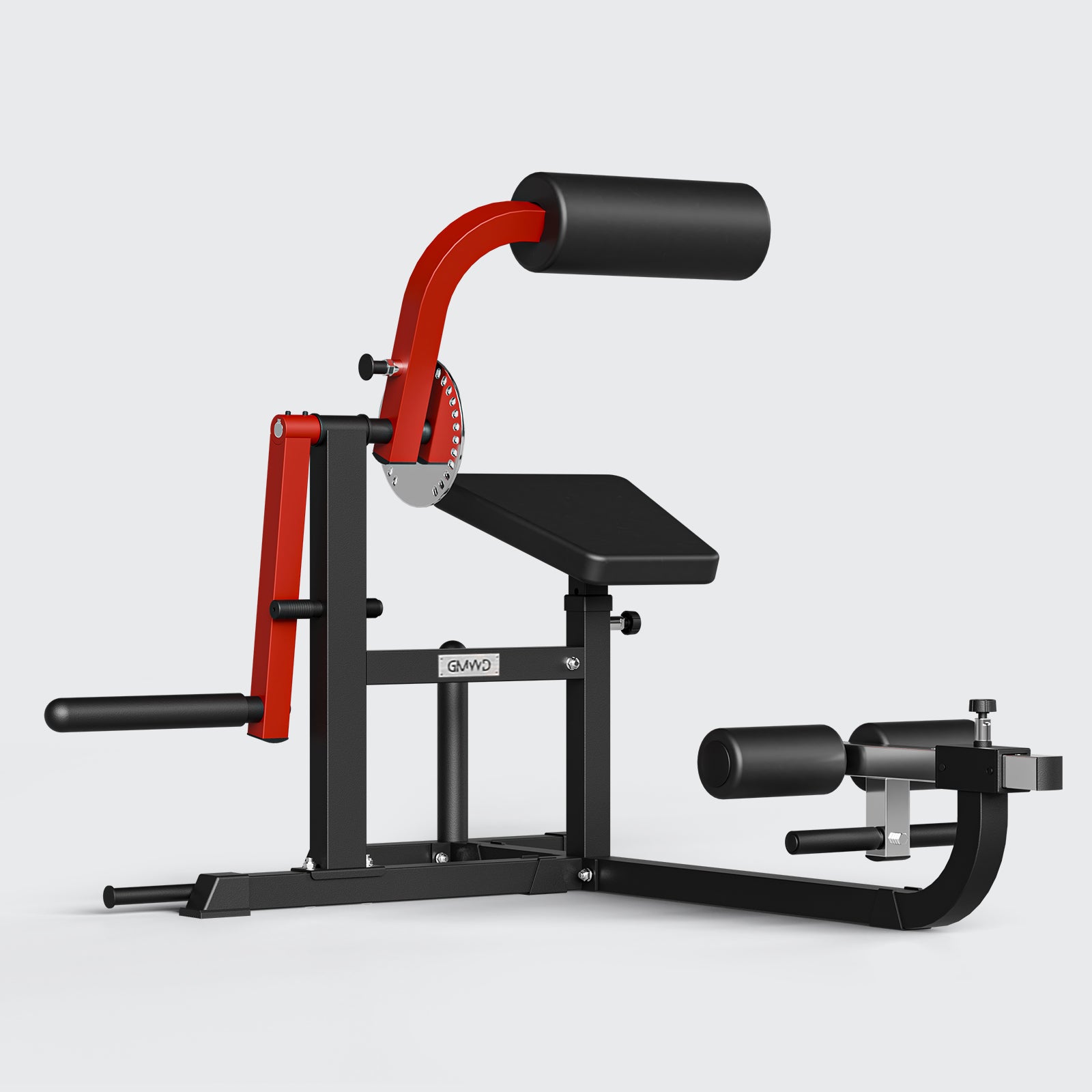
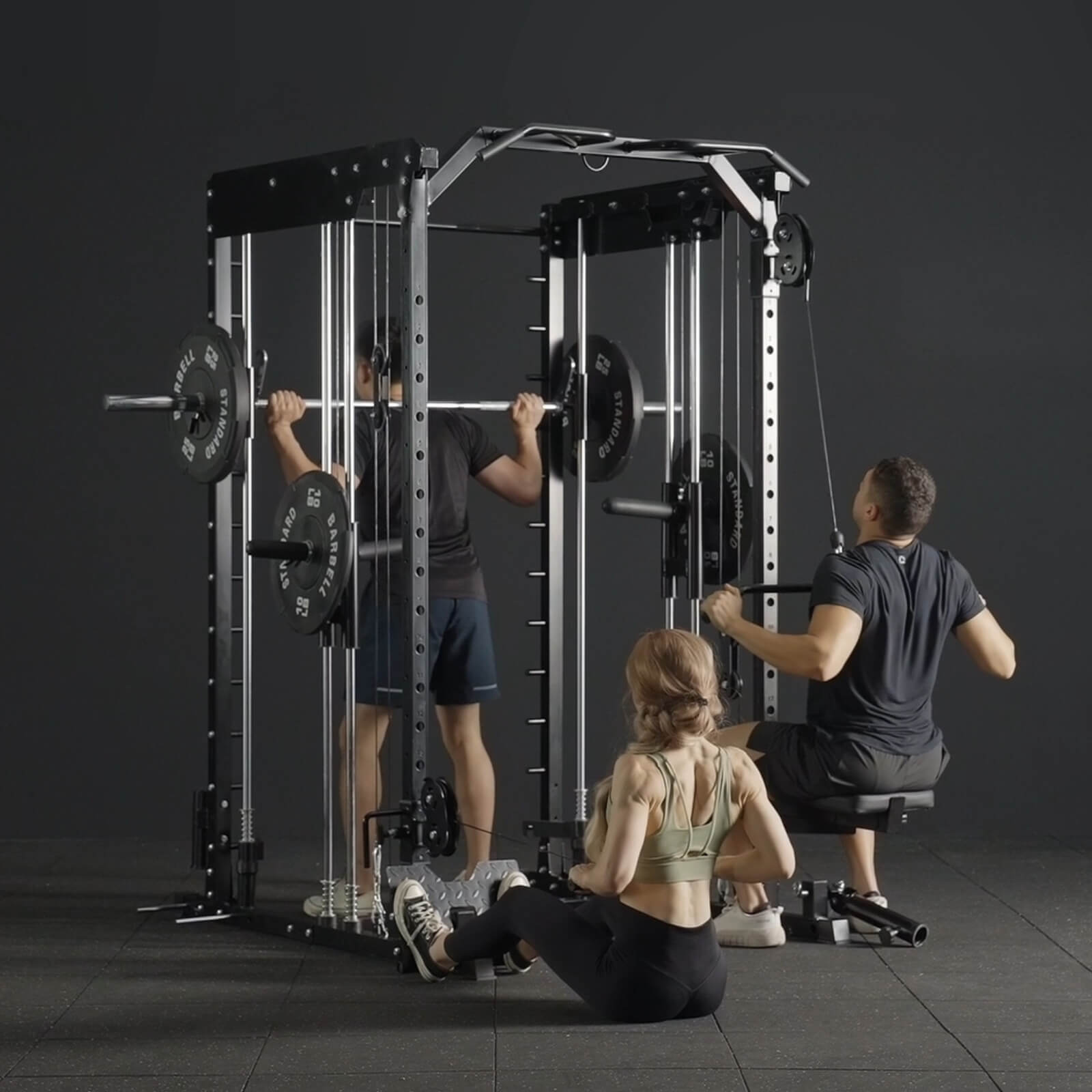
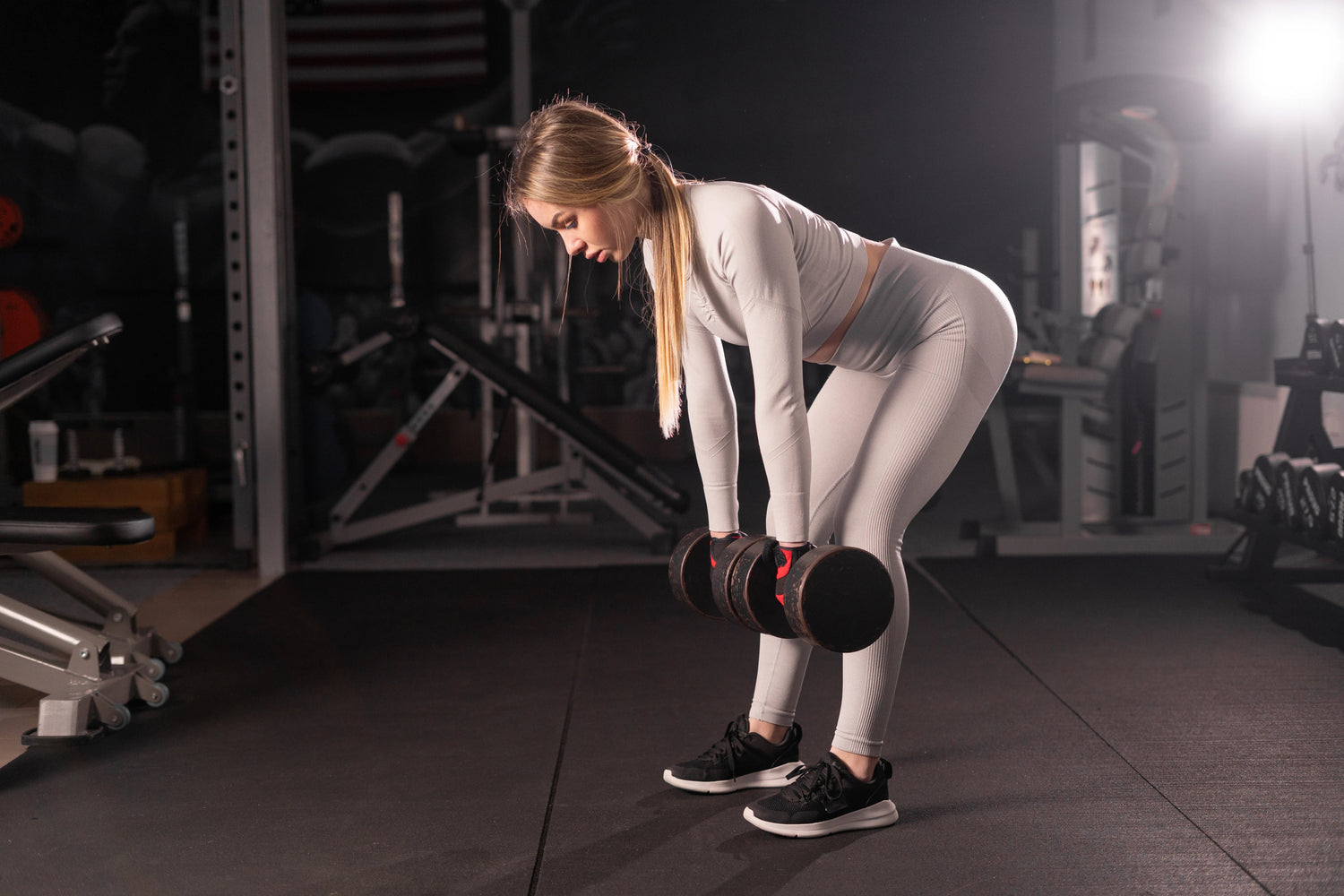
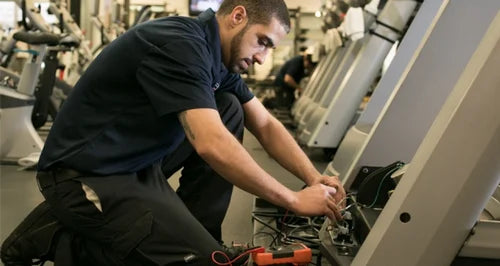
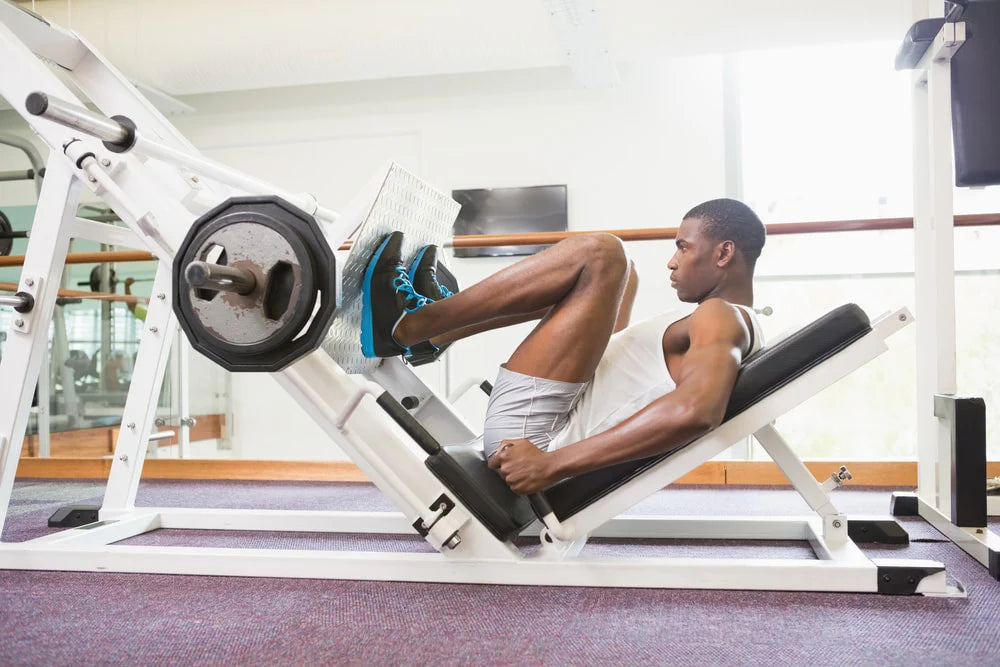
Leave a comment
All comments are moderated before being published.
This site is protected by hCaptcha and the hCaptcha Privacy Policy and Terms of Service apply.